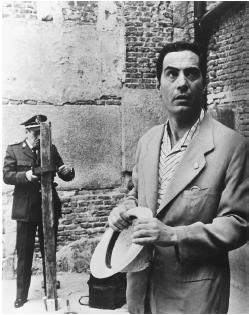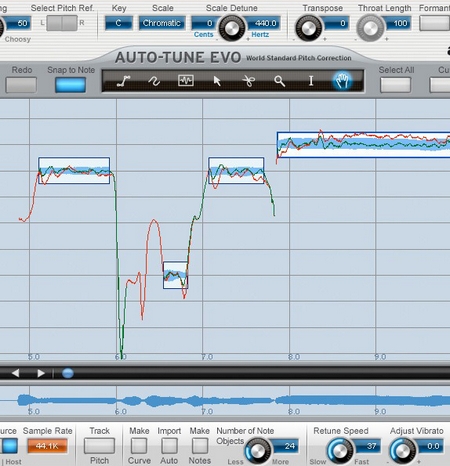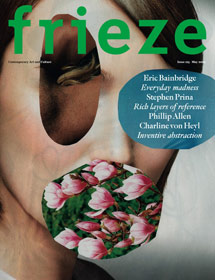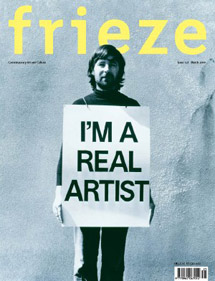
I’m pleased to announce that my essay Confessions of a DJ, originally published in n+1, has been selected for inclusion in Best Music Writing 2009! It’s a honor to be part of the Da Capo series, especially on their 10th anniversary, with guest editor Greil Marcus.
The anthology is floating around some bookstores now, and will be everywhere next week.
Greil Marcus surreally misquotes my piece in his introduction: “I’ve died in more than two dozen countries…” (La petit mort? I’m not dead yet.) But apart from that unusual typo, Best Music Writing 2009 contains a spread of fascinating, varied writing.
It’s easy to fall prey to online narrowcasting, with the result being that you only read reviewers and blogs who cover music you like. Anthologies crack things open a bit (read: I wouldn’t seek out a three thousand word essay on Jay Reatard, but there’s one here, so I’ll take a look). Many entries are short and sweet, like Aidin Vaziri’s hilarious opener, but it’s the longer pieces (like, cough, mine) which are particularly welcome in our era of dwindling word count and blog-optimized blurbs. (Not that I don’t like a good blog-optimized blurb; it’s simply a very different pleasure when someone dives deep into long-form prose, and when people do that online I’m usually too impatient or distracted to scroll down to the end.)
Books as a medium whose metanarrative, in 2009, is slow down?
* * *
Slow down and listen. Bowed strings pinpoint a mood, amplify it, submerge us.
[audio:A Broken Consort_The River.mp3]
A Broken Consort – The River (buyable)
from the album Crow Autumn Part Two, self-released as CD-r with lovely, attentive packaging.
A Broken Consort springs from Richard Skelton, whose music I cannot stop listening to, who maintains an infrequent diary on sound, art & the landscape.












